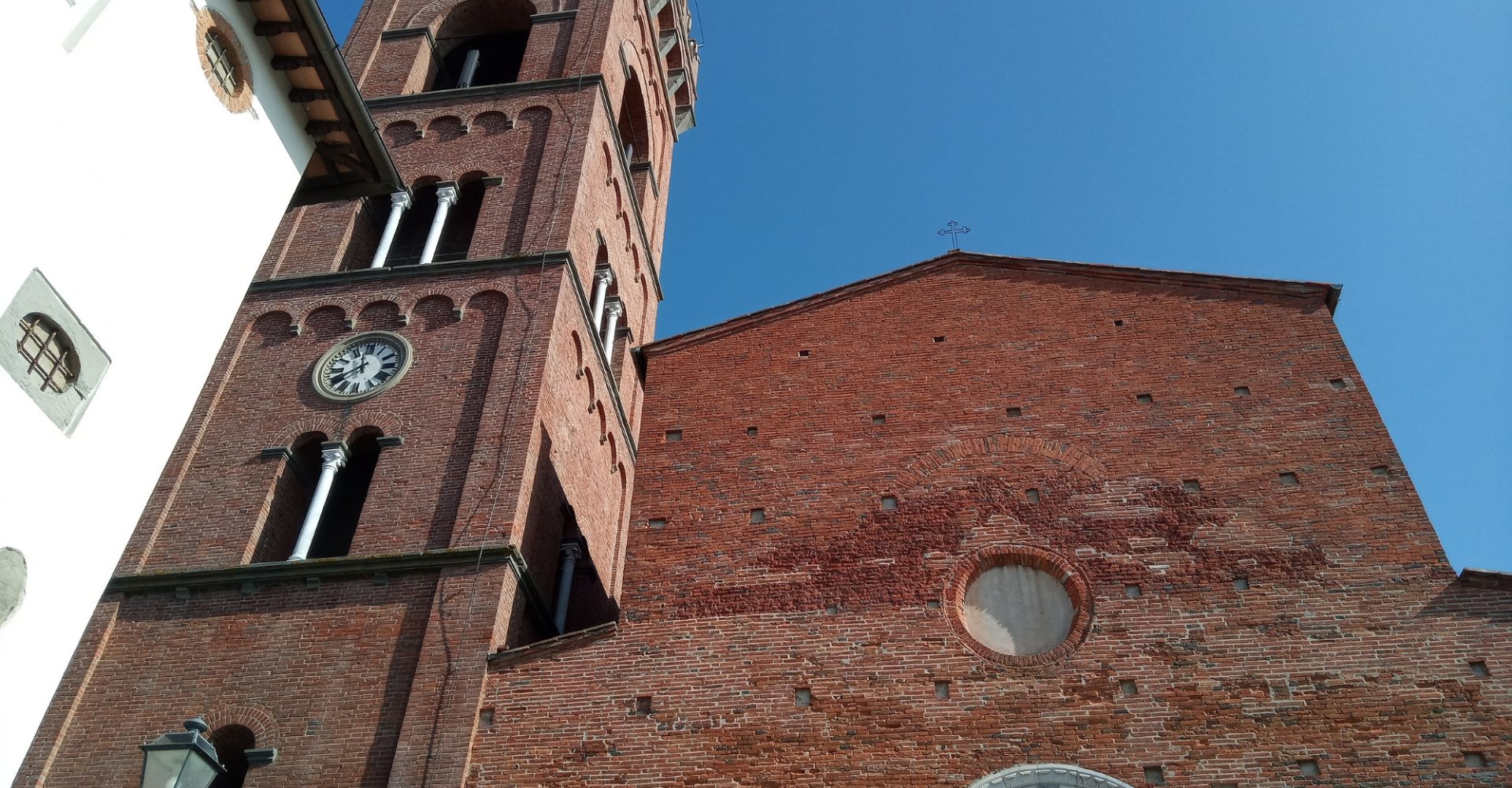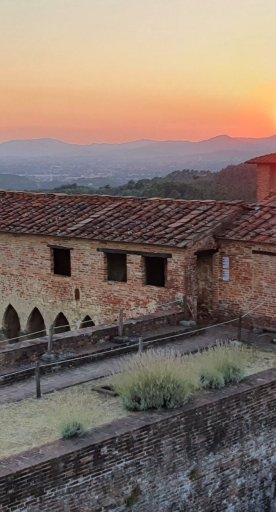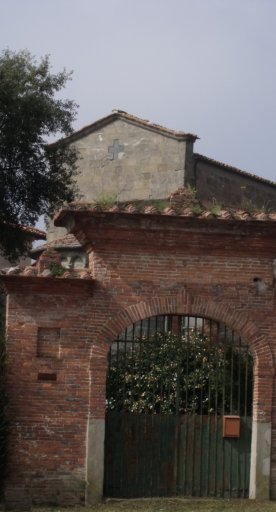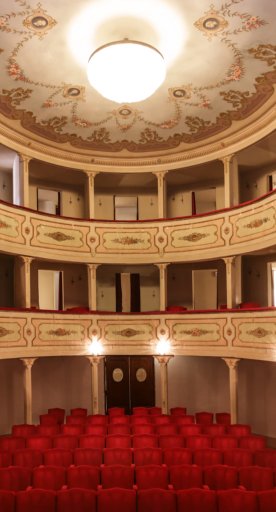Collegiate Church of Sant'Andrea in Montecarlo
A church-museum
The Collegiate Church of Sant'Andrea in Montecarlo stands out for being the tallest construction of the village, while inside it contains a multitude of artworks dating to different ages.
The sacred building was built between 1332 and 1334, when Emperor Charles IV founded Montecarlo castle, and completely renovated around 1783.
Inside, there is the chapel-shrine of Madonna del Soccorso that encloses the fresco depicting the Madonna as she protects a child from the Devil. The Virgin was attributed numerous miracles that took place in Montecarlo. Two worthy of mention are the apparition on the tower of the Fortress of Cerruglio to drive out the Pisans at the end of the 15th century, and the salvation of the town from the plague epidemic in 1631 that spared every life in Montecarlo. The people of Montecarlo still worship the Madonna and consider her their protector.
Various chapels, each containing paintings or statues, occupy part of the space inside the church. These include the Chapel of the Rosary set up as a small museum space where it is possible to see the lovely 16th-century baptismal font and a wooden statue of Sant’Antonio Abate of the 1400s by Francesco di Valdambrino. There is also a 15th-century statue representing the Dead Jesus, a canvas by Camillo Ciai depicting the “Madonna enthroned with child and the Saints Domenico and Caterina” of 1667, a large fresco of a Last Supper of the early 18th-century and the altarpiece depicting the “Madonna with child” painted in 1434 by Francesco Anguilla.
The two lateral niches of the altar are home to the Collegiate Church treasure, while in the internal environments there are cherubs in marble and serene stone and altarpieces of the 17th century of excellent workmanship.
To point out are also the Crypt with its 16th-century frescoes, the two canvases on the presbytery and the Sacristy where there are several 17th and 18th-century oil paintings.
Finally, there is also a musical testimony: the organ dating to 1742 in the internal wall of the façade.
A curiosity: as the Church is the highest construction of the village, at the moment of its foundation it was forbidden by law to climb up on the roof. This was to prevent people seeing inside the Fortress of Cerruglio.



